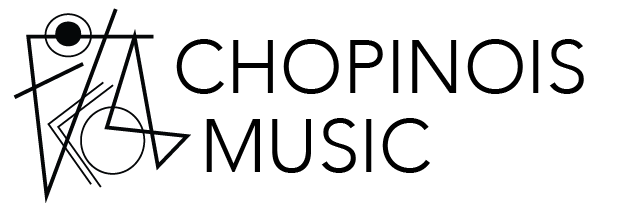Basic Practice Guidelines
Practice Guidelines
Studying the piano is like learning a foreign language with an unfamiliar alphabet while also training as an athlete while also developing one’s creativity and curiosity in a rich and vibrant cultural tradition. In order to make good, steady progress, students of different experience levels should practice at least this much:
Beginning students: 30 minutes/day, 5-6 days/week
Intermediate students: 45-60 minutes/day, 5-7 days/week
Advanced students: 90 minutes-3 hours/day, 6-7 days/week
A good practice habit is a fundamental part of learning to play the piano, and is required for the student to see the improvements they want from lessons. Playing the piano is a richly rewarding activity in part because it is a difficult one, and consistent, focused, and well-planned practicing is crucial to making good progress on the piano. Students who do practice well will make great progress, be able to advance to more demanding repertoire, and feel a deep sense of satisfaction with how they build up their abilities over time. Younger students often need help from their parents to build a good practice habit.
It is useful to schedule practice time into your calendar so it is the same every day of the week. This helps practicing become a part of your normal routine. For intermediate and advanced students, it is good to practice in two (or more) separate sessions per day.
Fundamental Principle of Learning and Practicing Music
“Learning” and “practicing” are two separate tasks. Learning is the initial step, where you use the score, your ears, or your teacher’s demonstrations to figure out how to play the music in the first place; this is the slower and more careful part of piano study. Practicing is the process of repeating what you have learned multiple times per day for multiple days until you commit it to your long-term memory and have developed your technique until it feels like second nature.
Piano Practice Session Outline
Full body warm up (2 minutes). This can include basic shoulder rolls, neck rolls, light aerobics to get the legs and core engaged, and stretches.
Hand and wrist warm up (3 minutes). Time to wake up the small muscles of the fingers, hand, wrist, and forearms! This can include thumb circles, the starfish-fist exercise, and gentle stretches. I usually use the routine found in this video: Hand Exercises for Piano Players.
Review weekly and daily goals for practicing (2-3 minutes).
Technique (5-10 minutes). Chords and chord crawls, scales, arpeggios, and exercises (like Hanon). This time builds awareness of the physical techniques of playing the piano without the added element of the musical expression.
Repertoire (15-45 minutes). Spend time on your pieces, switching between them once you have completed your daily goal. Try going between newer pieces where you spend more time learning the notes and techniques and pieces you know better and are working on expression and interpretation. Our brains thrive on variety!
Reflection (2-3 minutes). Before finishing, reflect on what you have achieved and what you want to do better next time. This can include thinking about how your pieces sounded, how your technique felt, or how well you practiced over all.
Note: If you practice over more than one session, you can gauge whether you still need to do a full warm up for the second session or if you can move towards your repertoire practice sooner. I usually do not need as extensive a warm up if I have already warmed up earlier in the day.

